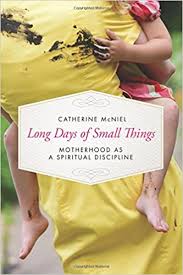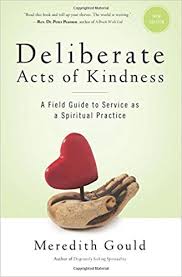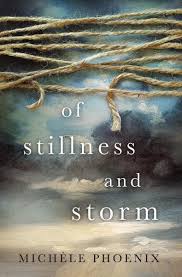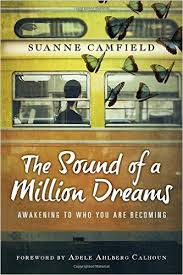 If anyone but my friend Carole had handed me a book series like Penelope Wilcock’s The Hawk and The Dove, I would have found a way to smile politely, tumble together a sloppy “thanks but no thanks; too busy” and pass them back to the giver as if I were playing Hot Potato. Carole, a brilliant friend possessing the equivalent of a black belt in classic literature, pressed the stack of three books in Wilcock’s original trilogy on me back in the days when they were three separate books. (They’ve since been repackaged as a single volume.) She knew me well enough to know I’d instantly judged them to be Christian pulp fiction, even with the cover lacking the near-requisite macho Amish man or feisty yet innocent 17-year old homesteading heroine. They featured monks on the cover, for Pete’s sake, but I was still suspicious.
If anyone but my friend Carole had handed me a book series like Penelope Wilcock’s The Hawk and The Dove, I would have found a way to smile politely, tumble together a sloppy “thanks but no thanks; too busy” and pass them back to the giver as if I were playing Hot Potato. Carole, a brilliant friend possessing the equivalent of a black belt in classic literature, pressed the stack of three books in Wilcock’s original trilogy on me back in the days when they were three separate books. (They’ve since been repackaged as a single volume.) She knew me well enough to know I’d instantly judged them to be Christian pulp fiction, even with the cover lacking the near-requisite macho Amish man or feisty yet innocent 17-year old homesteading heroine. They featured monks on the cover, for Pete’s sake, but I was still suspicious.
“These books will surprise you,” she told me. “And they’ll probably undo you, too.”
I noted the early 1990’s copyright dates, and reminded Carole that she didn’t normally read books written by authors who were still breathing. She stared me down until I relented and accepted the books. “I’m in need of a bit of undoing, so I’ll give `em a try,” I told her.
The bookswere set in medieval England, at the fictional St. Alcuin’s Abbey, and traced the stories of the monks who shared their lives together. Wilcock’s gentle, contemplative writing (wonderfully lacking in Christian Fiction sermonettes and unbelievable cardboard characters!) wooed me into the cool stone halls of the monastery in order to trace the hard, slow, tranformational walk on which each of these flawed characters had covenanted to take together in community shaped by the Rule of St. Benedict. As I finished the third book in the series, The Long Fall, I was indeed undone, in the best possible way, by a palpable sense of God’s mercy.
A few months ago, someone at the Bible study I attend mentioned she was reading book four in the Hawk and Dove series. “Four? There’s no fourth book. That trilogy was written nearly twenty years ago.”
She showed me the cover. Book four: The Hardest Thing To Do, copyright date 2011. And told me there was a book five at her house, waiting to be read. Imagine that.
With such a long span between the time she wrote book three and book four, could Wilcock continue the story of the monks and their God in a logical, meaningful way? I borrowed the book as soon as I could get my mitts on it so I could find out.
The Hardest Thing To Do focuses on the monastery’s new abbot, Father John, as he navigates what it means to lead these men through the rhythms of work, prayer and rest. Complicating matters is Brother William, a visitor from another area monastery who was the single survivor of a fire that killed the rest of his brothers. Far from being a sympathetic character, William’s hardened, bitter manner and his history of political machinations expose the self-protective defenses of some of the men at St. Alcuin’s. Though nearly two decades passed between the publication of book three and book four, Wilcock didn’t lose a beat. Her writing, like the lives of the men she describes, is at once simple and profoundly deep. The story may be set in the 14th century, but the interior struggles of the men in The Hardest Thing To Do are my issues, and likely yours as well.
The 252-page trade paperback has 47 brief chapters, covering each day of one remarkable Lenten season at St. Alcuin’s. What a wise way to invite readers to journey alongside the men as they engaged in fasting and introspection. Wilcock carries readers from mourning ash to the blazing light of the empty tomb with her words.
You may be able to make sense of the The Hardest Thing To Do without reading the earlier trilogy, but I recommend you start with book one and work your way through the series. I believe you’ll find it well worth your time.
Have you read any or all of this series? What did you think?











